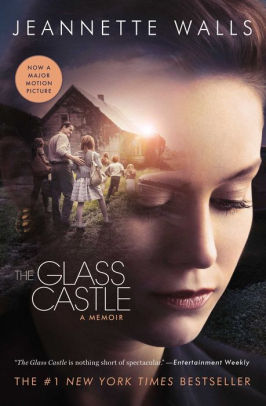Loved this book. A must read for anyone.
: Crucibles of Leadership :
“Shotton had an insatiable appetite for feedback - a quality I have seen in all the top business performers I have worked with. They have a particularly strong need for instant, in the moment feedback. One top sales and marketing director I worked with told me that he would never have stayed at his current position if the CEO hadn’t given him relentless, sometimes brutally honest critiques” (pg 6).
“It takes supreme, almost unimaginable grit and courage to get back into the ring and fight to the bitter end” (pg 8).
“The skills required to conquer adversity and emerge stronger and more committed than ever are the same ones that make extraordinary leaders” (pg 9).
Leadership crucibles can take many forms. Some are violent, life-threatening events. Others are more prosaic episodes of self-doubt. But whatever the crucible’s nature, the people we spoke with were able to create a narrative around it, a story of how they were challenged, met the challenge, and became better leaders” (pg 12).
“Happiness . . . is not a function of your circumstances; it’s a function of your outlook on life” (pg 20).
“The ability to grasp context implies an ability to weigh a welter of factors, ranging from how very different groups of people will interpret a gesture to being able to put a situation in perspective” (pg 24).
“Hardiness is just what it sounds like - the perseverance and toughness that enable people to emerge from devastating circumstances without losing hope” (pg 24).
: Building Resilience :
“People who don’t give up have a habit of interpreting setbacks as temporary, local, and changeable” (pg. 27).
: Cognitive Fitness :
“Make a consistent, ongoing commitment to immersing yourself in new systems and ways of thinking. It cannot be an occasional event, because the point is to expose yourself to a variety of cases and situations that cumulatively encode rich experiences in your brain” (pg 46).
“In the beginner’s mind there are many possibilities, but in the expert’s there are few” (pg 51).
: The Making of a Corporate Athlete :
“The best long-term performers tap into positive energy at all levels of the performance pyramid” (pg. 54).
“At lunch, her leaves the office - something he once would have found unthinkable - and walks outdoors for at least 15 minutes” (pg 65).
“Pause more to think, and to take a time out” (pg 66).
: Stress Can Be a Good Thing If You Know How to Use It :
“Stress have many wonderful attributes. It reminds us that we care” (pg 71).
: How to Bounce Back From Adversity :
Four lenses through which managers can view adverse events:
Control: When a crisis hits, do you look for what you can improve now rather than trying to identify all the factors - even those beyond your control - that caused it in the first place?
Impact: Can you sidestep the temptation to find the origins of the problem in yourself or others and focus instead on identifying what positive effects your personal actions might have?
Breadth: Do you assume that the underlying cause of the crisis is specific and can be contained, or do you worry that it might cast a long shadow over all aspects of your life
Duration: How long do you believe that the crisis and its repercussions might last?
: Rebounding from Career Setbacks :
“Even a dramatic career failure can become a springboard to success if you respond in the right way” (pg 90).
: Realizing What You’re Made of :
“Resilience is one of the key qualities desired in business leaders today, but many people confuse it with toughness . . . resilience . . . is not about deflecting challenges but about absorbing them and rebounding strong than before” (pg 98).
“Accepting adversity and moving on isn’t easy and can take time. You don't have to like or somehow justify what’s happened. You just have to decide that you can live with it” (pg 99).
Grade: A
For more on . . .
-N- Stuff : Books : Reading Log












